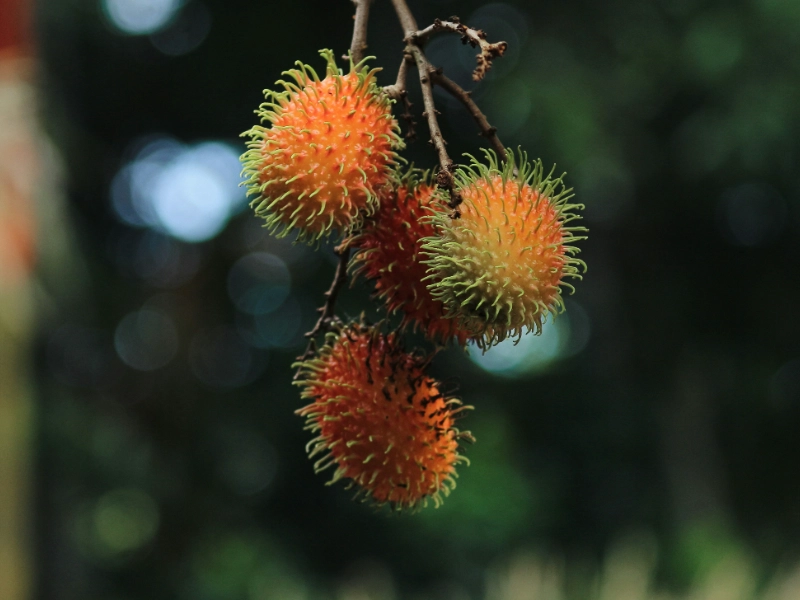15 Astonishing Facts About Rambutan: #10 Will Blow Your Mind!
Advertisement
12. The Fascinating Pollination Process of Rambutan

Advertisement
A fascinating and complicated feature of the lifetime of ramboutan that is absolutely vital for its production is pollination. Usually dioecious, or means that male and female flowers develop on different trees, rambutan trees For fruit production, this quality makes the pollination process more fascinating and vital. Rich in nectar, the little rambutan tree blossoms draw different insect pollers; bees being the main ones. Still, wind is also important for pollination—particularly in places without insect pollinators. For effective pollination, male and female flowers must be in bloom concurrently, so the time of opening of flowers is crucial. Fascinatingly, certain rambutan varieties feature hermaphrodite flowers—that is, both male and female parts—which can cause self-pollination. Cross-pollination usually produces, however, improved fruit quality and yield. To guarantee ideal pollination, farmers and horticulturists focus especially on the male to female tree ratio in orchards. To increase pollination rates, some gardeners even include beehives into their orchards. The success of pollination directly affects fruit set and, hence, the general orchard production. Rambutan farmers' rising worry about climate change and how it affects pollinator numbers has driven more study into pollination management strategies. Maintaining and raising rambutan output depends on an awareness of and ability to maximise the pollination process, particularly as the fruit becomes more and more popular on world markets.
You May Like
Advertisement

